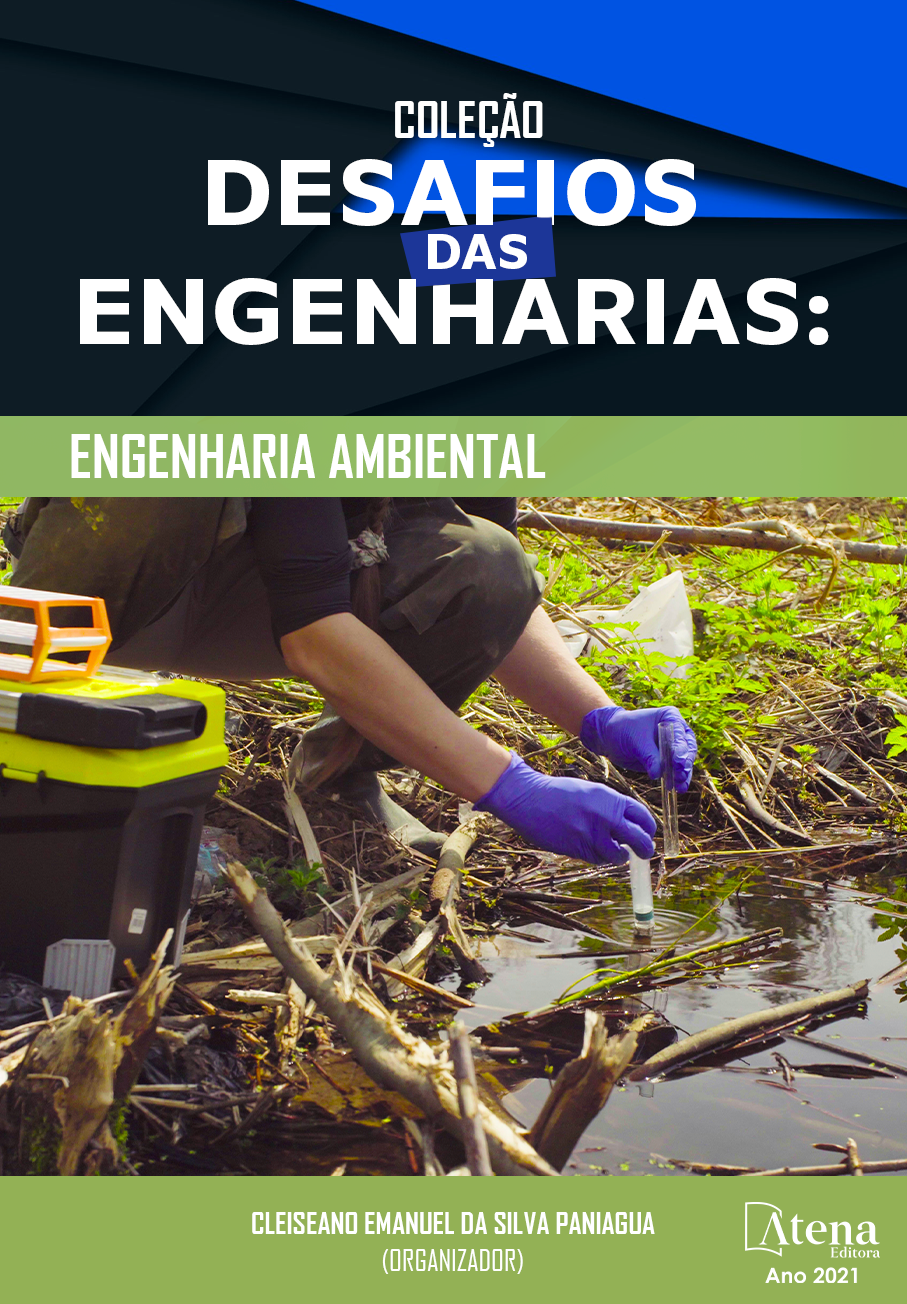
TRATAMENTO HIDROTÉRMICO NO CONTROLE DE PRODRIDÃO PEDUNCULAR EM MAMÃO PAPAYA
Doenças pós-colheita são fatores importantes que reduzem o rendimento e a qualidade do fruto, os quais ocorrem principalmente durante o seu transporte e exportação. O tratamento hidrotérmico visa controlar doenças e infestações de insetos, manter a qualidade do fruto durante o armazenamento e induzir resistência aos danos externos e lesões na casca. O presente trabalho objetivou avaliar um método alternativo de tratamento pós-colheita de mamão de acordo com a severidade da doença de Podridão Peduncular por meio de tratamento térmico visando ao consumo “in natura”. No tratamento térmico, cada fruto teve a sua região peduncular submersa em torno de aproximadamente 7 cm em água nas temperaturas, 55ºC, 60ºC, 65ºC, 70ºC e 75ºC, onde permaneceram por 15 segundos, retiradas e submersas novamente em água gelada, por 2 minutos, para o choque térmico. Após o tratamento, os frutos foram avaliados quanto à evolução da severidade de doenças fúngicas em seu pedúnculo de acordo com uma Escala de Podridão Peduncular proposta. Analisando os resultados, fica evidente diferenças estatísticas entre os tratamentos dos frutos nas temperaturas 55ºC, 60ºC, 65ºC, 70ºC e 75ºC e portanto, os resultados foram altamente significativos e todos os tratamentos foram eficientes. Nota-se, também, que a temperatura que gerou o maior controle de severidade de sintoma da Podridão Peduncular, com o tempo de imersão de 15 segundos, foi de 70ºC. Verificou-se que o tratamento hidrotérmico é altamente significativo no controle da Podridão Peduncular em frutos de mamão a partir de 50ºC por 15 segundos, sendo que a temperatura mais eficiente é de 70ºC por 15 segundos.
TRATAMENTO HIDROTÉRMICO NO CONTROLE DE PRODRIDÃO PEDUNCULAR EM MAMÃO PAPAYA
-
DOI: 10.22533/at.ed.9912121127
-
Palavras-chave: Tratamento hidrotérmico, podridão peduncular, controle alternativo.
-
Keywords: Hydrothermal treatment, stem-end rot, alternative control.
-
Abstract:
Post-harvest diseases are important factors that reduce fruit yield and quality, which occur mainly during transport and export. The hydrothermal treatment aims to control diseases and insect infestations, maintain fruit quality during storage and induce resistance to external damage and bark lesions. The present work aimed to evaluate an alternative method of post-harvest treatment of papaya according to the severity of Stem-end Rot disease by means of thermal treatment aiming at consumption in natura. In the heat treatment, each fruit had its peduncular region submerged around 7 cm in water at 55ºC, 60ºC, 65ºC, 70ºC and 75ºC, where they remained for 15 seconds, removed and submerged again in ice water for 2 minutes, for thermal shock. After the treatment, the fruits were evaluated for the evolution of the severity of fungal diseases in their peduncle according to a proposed Stem-end Rot Scale. Analyzing the results, statistical differences between fruit treatments at temperatures of 55ºC, 60ºC, 65ºC, 70ºC and 75ºC are evident and therefore, the results were highly significant and all the treatments were efficient. It is also noted that the temperature that generated the greatest symptom severity control of Stem-end Rot, with the immersion time of 15 seconds, was 70ºC. It was verified that the hydrothermal treatment is highly significant in the control of Peduncle Rot in papaya fruits from 50ºC for 15 seconds, with the most efficient temperature being 70ºC for 15 seconds.
-
Número de páginas: 11
- Gabriela Sales Mangolin


